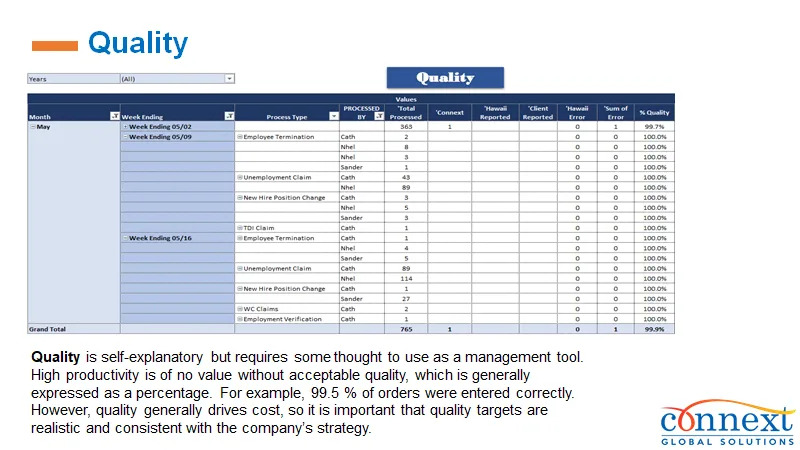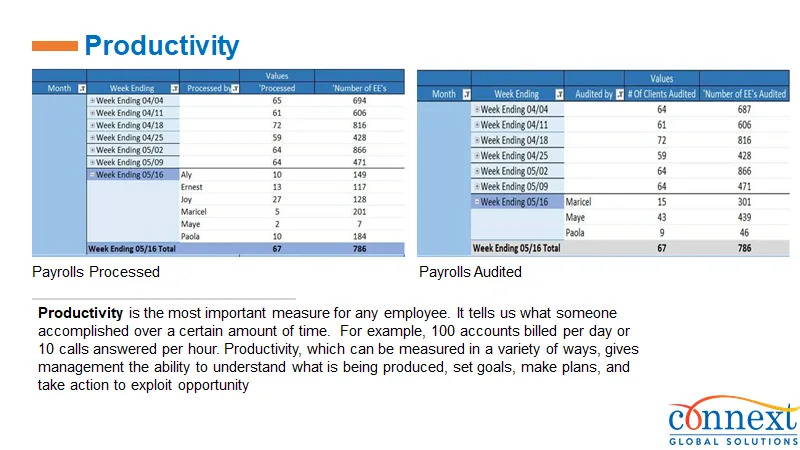Key Summary
- Accounts Payable teams are still responsible for ongoing tasks like invoice entry, vendor communication, and reconciliation—even when hiring is paused.
- Organizations can maintain AP workflows through independent contractors, who support operations without changing official headcount.
- Connext offers a standardized agreement for bringing in AP contractors, with defined roles, scope, and data controls.
- This option provides short-term operational stability while internal hiring policies remain in effect.
- The model is primarily focused on continuity and coverage, not long-term headcount changes.

Accounts Payable Work Continues During Hiring Freezes
When hiring freezes are implemented, many departments experience reduced activity. Accounts Payable (AP) is rarely one of them. The responsibilities outlined in a typical accounts payable job description—such as processing invoices, coding expenses, reconciling accounts, and communicating with vendors—continue regardless of staffing restrictions. Bills must still be paid on time, financial records must remain accurate, and month-end close cycles proceed as scheduled.
In these situations, internal AP staff may be asked to take on extra duties or manage higher workloads without additional headcount. Even with strong teams, capacity can become limited. Engaging independent contractors offers one way to maintain AP workflow continuity while avoiding permanent changes to staffing levels.
Engaging Independent Contractors Through Formal Agreements
One option some companies use is to engage independent contractors through standardized agreements. This setup allows organizations to supplement workloads in a way that complies with existing policies.
Contractors can work on routine or project-based AP tasks. This may include invoice processing, payment scheduling, vendor communication, and reconciliation support. The arrangement is similar to a short-term accounts payable job description, with clearly outlined duties and performance expectations.
The structure typically includes confidentiality terms, access limitations, and deliverable expectations.
Connext provides a model for this through its Independent Contractor Agreement. It includes defined terms, a scoped work arrangement, and integration support.
Typical Responsibilities in an AP Contractor Assignment
The responsibilities assigned to an AP contractor can vary depending on internal systems, workflows, and timing. Below is a general outline of what is typically included in such a role:
Sample Accounts Payable Job Description for a Contractor
- Enter and code vendor invoices according to internal chart of accounts.
- Ensure invoice approvals are obtained and documented.
- Communicate with vendors regarding payment timing or questions.
- Assist with reconciliations and reporting at month-end.
- Help maintain audit readiness by organizing AP records.
- Follow company policies on documentation and internal controls.
- Operate under a contractor agreement facilitated by a third-party provider like Connext.
The goal is to assign tasks that relieve the internal team of excess volume while maintaining adherence to financial policies.
Practical Use Cases for Temporary AP Support
Independent contractors may be used to cover routine Accounts Payable work when staffing is limited. This can include periods of employee absence, higher-than-usual invoice volumes, or system changes. Typical tasks include invoice entry, vendor communication, reconciliations, and reporting support. Hours and responsibilities can be adjusted based on requirements.
According to SSO Network, automation, fraud prevention, and supplier collaboration are among the areas receiving increased attention in AP operations. While automation can change how some tasks are performed, other activities still require staff involvement, particularly during workload peaks or process transitions.
Using contractors in these situations can help maintain workflow continuity until regular staffing levels resume.
Compliance, Permissions, and Documentation Standards
Organizations using contractors in finance-related roles are generally advised to establish clear agreements. This includes expectations around confidentiality, data access, system permissions, and deliverables.
Connext supports this through its agreement structure, which standardizes how AP contractors engage with client systems. While each company sets its own internal parameters, this agreement serves as a baseline for onboarding and compliance tracking.
The structure also ensures that contractors can begin work with a clear understanding of scope, timelines, and responsibilities.
Headcount and Cost Considerations
Engaging independent contractors through a third-party provider generally does not impact official headcount metrics. This makes the model usable during formal hiring restrictions.
From a cost perspective, this approach does not always result in significant savings. Rates vary by role, geography, and experience. However, it can prevent overtime expenses or delays that may occur if internal teams are stretched too thin.
The emphasis here is less on cost reduction and more on continuity of standard workflows.
For a broader overview of how offshore AP support can help maintain process consistency during hiring freezes, refer to our guide on Offshore Accounts Payable Support: A Smarter Way to Scale.
Read our post Hiring Independent Contractors in the Philippines and Staying Compliant, which explains how structured agreements help balance flexibility and regulatory requirements.
Explore our article What Is Accounting Staff Augmentation? For an outline how businesses integrate external accounting talent without increasing headcount.
Getting Started With Temporary AP Support
For companies navigating workload coverage in AP during hiring pauses, Connext offers a neutral, structured way to bring in temporary support. Contractors operate under a clear agreement that outlines responsibilities, expectations, and timelines.
Teams can determine scope based on immediate needs, and scale support as needed, without long-term commitment. If your team needs to evaluate this model, contact Connext for documentation or onboarding information.
Frequently Asked Questions (FAQs)
Yes. When engaged through a third-party provider like Connext, AP contractors are classified as independent resources and do not count toward your company’s internal headcount totals.
A standard accounts payable job description for contractors includes invoice entry, vendor communication, payment scheduling, reconciliation, and maintaining compliance with company policies.
Contract durations vary. Many companies engage contractors for specific projects or periods of peak workload, such as year-end close or during a system migration.
The main objective is continuity, not cost-cutting. While contractors can reduce overtime or delay-related costs, the primary value is keeping AP workflows on track during staffing limitations.
Independent contractors sign agreements covering confidentiality, system permissions, and deliverable expectations to ensure financial data security.
Yes. Many AP contractor roles are performed remotely, especially when workflows are supported by cloud-based accounting systems.








